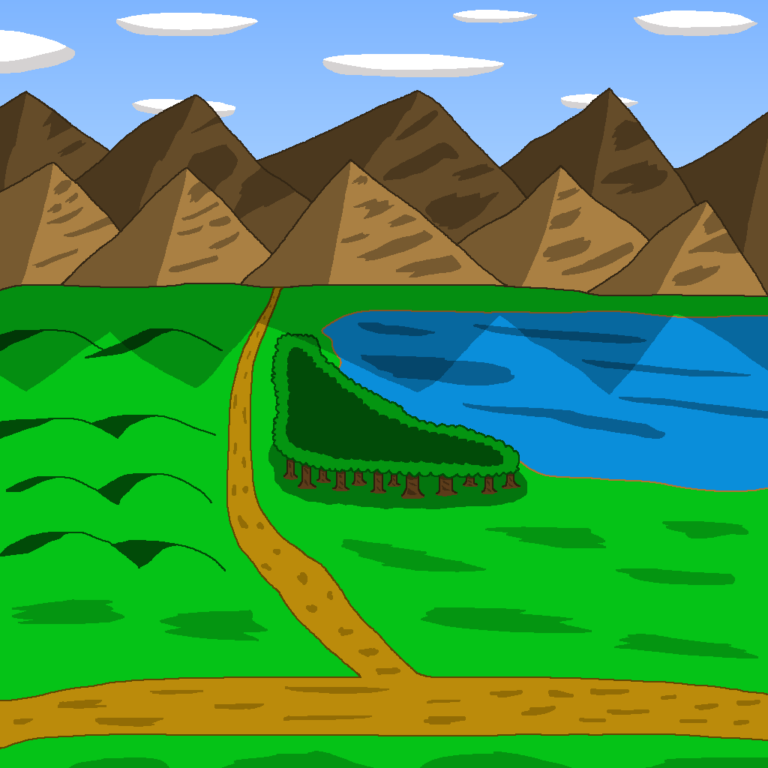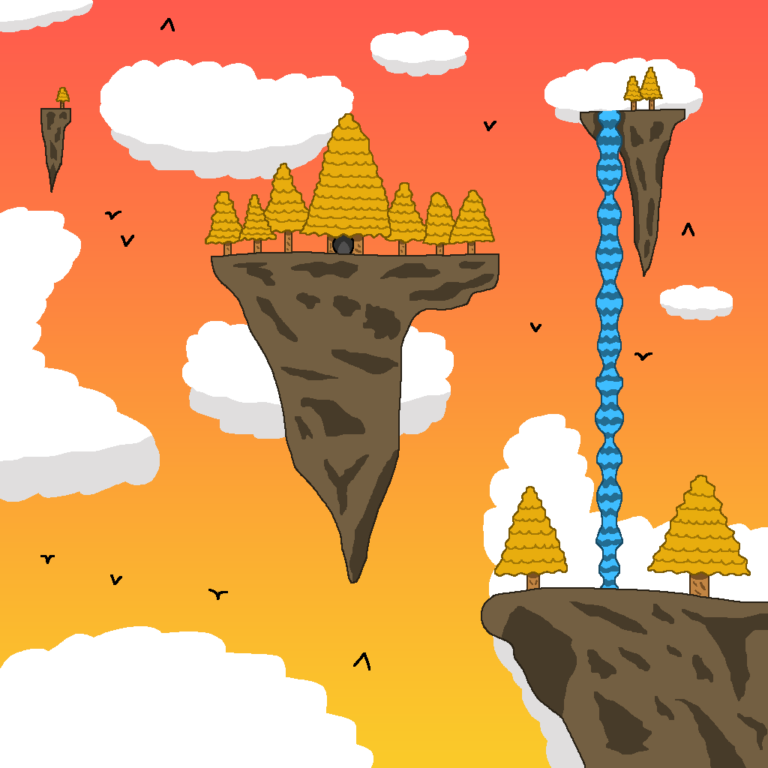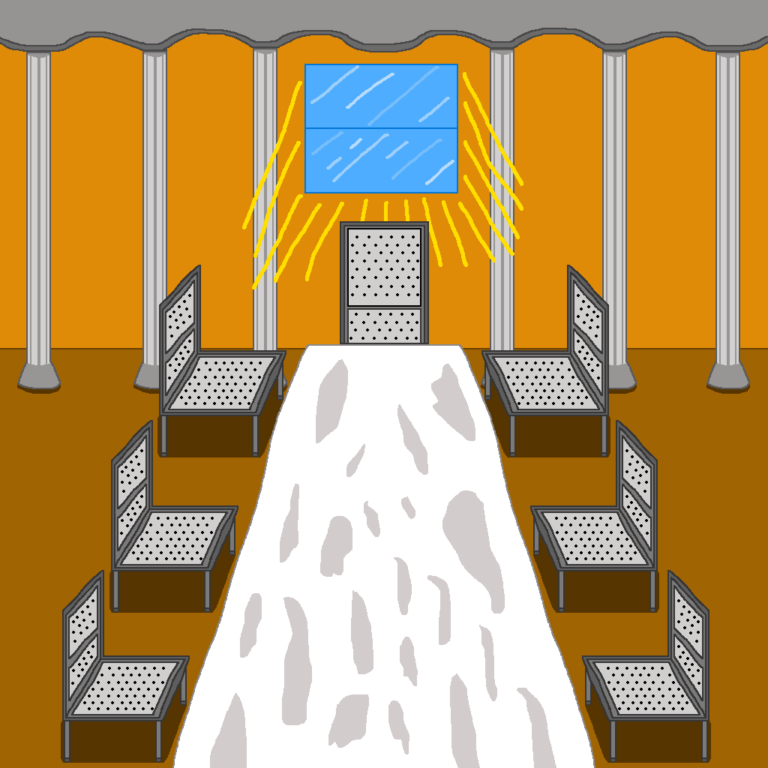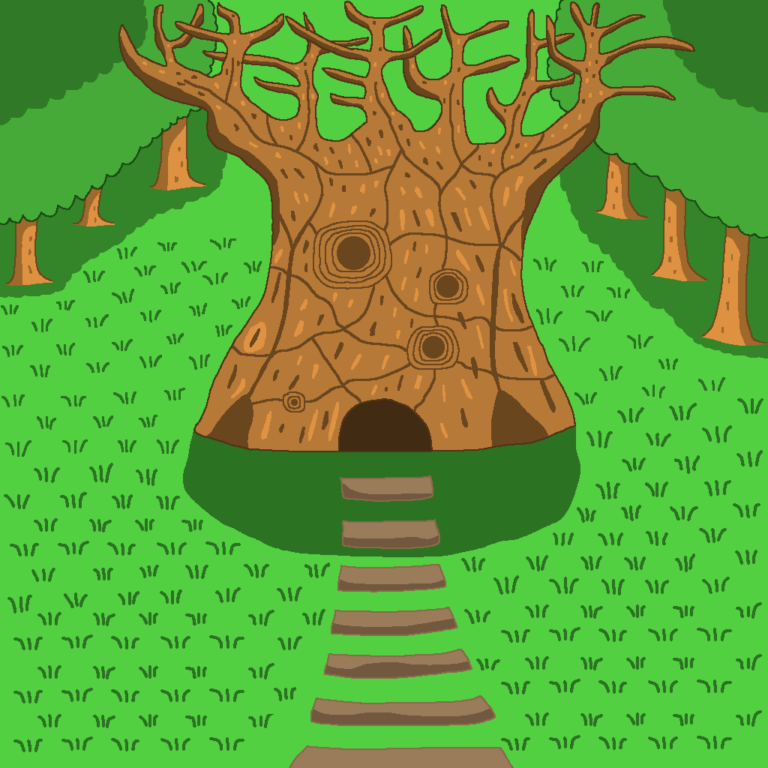Join US
Do you want to build the fantasy world you’ve always dreamed of?
Subscribe to receive notifications when a new post is out and for our monthly newsletter!
You can always unsubscribe anytime.


Characters in a novel don’t interact with each other in a vacuum. Instead they do so in a setting, whether it be inside a castle or on a road way out in the middle of nowhere. It’s important to create a fantasy setting that not only feels natural but contributes to the story in a meaningful way.
If used right, a fantasy setting can be equally memorable as the characters. It can serve as the backdrop of the site of the final showdown between the protagonist and the villain or a place where two characters speak to each other at a tavern or inn. There are many different ways to incorporate it into the story.
A setting comes in many shapes and forms. Some are as small as a house next to a forest whereas some are as grand as mountains. While it’s meant to be the visual canvas in which the a scene in the story takes place on, the setting can move it in unexpected directions.
The setting is split into two parts: the foreground and background. The latter is the visual backdrop and the former is where the action takes place. Characters don’t just stand around and talk with each other; they interact with the setting in a multitude of ways by sitting on a table and eating or lying in bed. It’s your job as their creator to give them objects they can use in all sorts of ways.
While it’s important to construct a fantasy setting, don’t overlook its lore. Many settings come with history that you can use to your advantage to shoehorn in the story, thereby enriching it. You want the audience to feel like they’re in a world filled with reminders of history all around, much like ours.
This is article number four in the series revolving around writing a fantasy novel. If you’d like to take a look at the many other ones we offer, you can find them on our blog page.
A setting isn’t a static environment. It’s where a scene in your story takes place. As such, it’s vital that you present it in a way that feels natural, both to the characters and your audience. You want your readers to be fully immersed in the world you’re creating and having the right setting for a scene can make the difference between one that stands out and one that falls flat.
There are as many settings as there are many fantasy worlds. The wide diversity of settings makes it easy for the audience to imagine a world that doesn’t exist in their mind. It’s helped by the popularity of the genre as people get to see breathtaking environments across media like television/movies, video games, and so on.
Popular ones consist of:

There’s tons more than the ones just mentioned. When creating a fantasy setting, the sky’s the limit!
Developing a fantasy setting occurs during both the brainstorming and outlining phases. It’s where you begin to envision what ones you’d like to include in your story. You start off using generic terms like lake or river or forest before you narrow them down and give them terms that only apply to your world like Silver Lake, Aur River, or Glendale Forest.
The outlining process is where it really comes to life. This is where you take the ideas for the settings you came up in the brainstorming phase and flesh them out, turning them into realistic environments. Before long, you’ll have a great variety of rich settings you can’t wait to put in your story!
Does it mean you need to be very detailed when describing a fantasy setting? It depends on how important a setting is to the novel. If it’s where key scenes transpire that moves the story forward significantly, then go more into detail. You want your audience to feel like they’re seeing what the characters are seeing. If it’s where a minor scene occurs like a group of characters traveling through the countryside with nothing much going on around them, then it’s okay to tell the audience what they need to know.
A setting doesn’t just feature characters. It’s also populated by objects. You want to fill it with objects that fit right in and which characters can interact with. Object placement is also important, since you can put them in both the foreground and background. Basically, you want every aspect of the scene to feel natural, both for the characters and for the audience.
The majority of the objects in the setting tend to be in the background, mostly for visual purposes. They could be swords or shields that hang on the wall or a row of trees way off in the distance. In some cases, these objects can be moved to the foreground like a knight taking his sword off the wall to set on the table.
The foreground is where the objects of a setting are used the most. Whether it be horses your characters are gallantly riding or the weapons they’re holding as they prepare to wage battle, there are many different ways to use them. Using them in this fashion helps bring your story to life as your audience can clearly picture what they’re doing in their mind.

Many objects in the foreground of a fantasy setting move the story forward both indirectly and directly. In fact, some even play roles so major that without them, the story would fall apart. These particular objects are called Macguffins and they are the linchpin of the story.
Indirectly means objects play a passive role like being sat on. While they help the story progress, they don’t do so in a significant way. Instead, they help readers focus on what’s going on between the characters. They’re especially useful for scenes where you want your audience to pay attention to what’s happening with the characters. The majority of these objects are relegated to the background, though there are some that can be placed on the foreground.
Directly refers to objects playing an active role in a scene. It could be a sword slicing a limb off or a woodcutter’s axe chopping down the tree. Active objects enable the reader to pay attention to not just the character, but what he’s holding in his hand. They help add context to what’s taking place in the scene, thus making them useful in many ways. All active objects are placed on the foreground where the characters can use them when they’re needed.
Part of creating a fantasy setting is crafting its history. No scene takes place in a sterile environment. Instead, it happens in a place that’s seen some changes like weather or time. Buildings get weathered, forests grow and contract, rivers swell and run dry, and so on. Including these changes in a setting help make them feel real, which in turn increases the audience’s immersion in your story.
How do you go about creating the lore of a setting and integrating it into the story that only draws the audience’s interest? First, build out its history and we have an article that’s all about lore, so check it out! There are many different types of lore you can use for a fantasy setting that leaves a lasting impression for both your characters and the audience.

The constant forward march of time means nothing ever remains the same. Wars, fires, famines, and large-scale migrations are just several of countless things that can change the world in unexpected ways. Incorporating them into the setting gives your audience a glimpse of a world from the past whose effects are still being felt today and can make a setting truly shine.
Objects are superb in tying the lore into the story since they act as physical reminders of the world that was. They can be used in many ways to connect characters in the present world to a bygone era. They captivate the audience’s attention while at the same time, they don’t take away from what’s unfolding between the characters in the scene.
Lore enriches the setting, revealing a world far bigger than the one you see in the setting. It’s up to you as a creator to use it to make your readers want to learn more about your world and you have a plethora of avenues to use it in interesting ways.
In basic terms, a fantasy setting is merely the place where a scene occurs. It doesn’t need to be used just like that. You can make it a dynamic environment that strengthens the scene by introducing objects that help add a touch of reality to it.
When constructing a setting, make it feel organic and tie it to the story. For instance, if a group of your characters are traveling through a large city, show the busyness of the city by having many people and activities going on as your characters wander the streets searching for a particular someone. Doing this enhances the setting and helps it contribute to the story, regardless if it’s a major or minor one.
Objects are a powerful tool to add to a setting. They give characters more to do than simply talking to each other which gives you, their creator, far more opportunities to devise a variety of scenes. Objects can be placed in both the background and foreground to add some visuals to the scene and can help move the story both directly and indirectly.
The lore of a setting shows the characters of your story and your readers a world larger than what they’ve seen before. They enrich the setting by offering tantalizing clues to a different world that only makes your audience want to learn more. Take great care to present the lore in a way that doesn’t deflect away from the scene but only adds to the mystique of your world.
Will you roll up your sleeves and get to creating a slew of fantasy settings that your audience will love?
Let me know what you think in the comments below. (Note: this is an account-exclusive feature).
If you don’t have one, you can register here. It only takes a few moments of your time!
Liked this article and want to subscribe? All you have to do is fill out the form below and that’s it!
Thanks for reading this and until the next time,
Sunfire
Subscribing means you receive:
You can always unsubscribe anytime.
Do you want to build the fantasy world you’ve always dreamed of?
Subscribe to receive notifications when a new post is out and for our monthly newsletter!
You can always unsubscribe anytime.